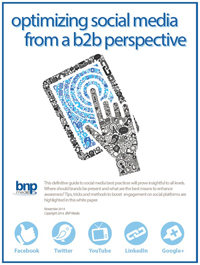The researchers intend to create an imaging chip that defeats the harmful effects of arbitrary illumination, allowing robotic vision to leave the controlled lighting of a laboratory and enter the erratic lighting of the natural world. In a first step, the researchers have now developed software that simulates the chip circuitry, a program that alone is capable of uncovering hidden detail in existing images.
Designed by robot-vision expert, Vladimir Brajovic, and his colleagues at Intrigue Technologies, Inc. -a spin-off of the team's Carnegie Mellon University research-the new optical device will work more like a retina than a standard imaging sensor.
Just as neurons in the eye process information before sending signals to the brain, the pixels of the new device will "talk" to each other about what they see. The pixels will use the information to modify their behavior and adapt to lighting, ultimately gathering visual information even under adverse conditions.
Through an online demonstration, the simulator software plug-in, dubbed Shadow Illuminator, has processed more than 80,000 pictures from around the world. By balancing exposure across images, clearing away "noise" and improving contrast, the software revealed missing textures, exposed concealed individuals and even uncovered obscured features in medical X-ray film.
This new approach counters a persistent problem for computer-vision cameras - when capturing naturally lit scenes, a camera can be as much of an obstacle as it is a tool. Despite careful attention to shutter speeds and other settings, the brightly illuminated parts of the image are often washed out, and shadowy parts of the image are completely black.
The mathematical churning behind that process will allow pixels to "perceive" reflectance-a surface property that determines how much incoming light reflects off an object, light that a camera can capture. Light illuminating an object helps reveal reflectance to a camera or an eye. However, illumination is a necessary evil, said Brajovic.
"Most of the problems in robotic imaging can be traced back to having too much light in some parts of the image and too little in others," he said, "and yet we need light to reveal the objects in a field of view." To produce images that appear uniformly illuminated, the researchers created a system that widens the range of light intensities a sensor can accommodate.
According to Brajovic, limitations in standard imaging sensors have hindered many vision applications, such as security and surveillance, intelligent transportation systems, and defense systems - not to mention ruining a few cherished family photos.
The researchers hope the new technology will yield high-quality image data, despite natural lighting, and ultimately improve the reliability of machine-vision systems, such as those for biometric identification, enhanced X-ray diagnostics and space exploration imagers.




